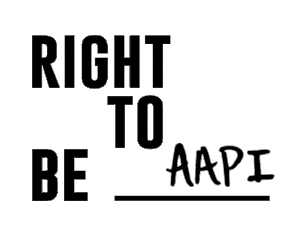Right to Be (formerly Hollaback!), Mozilla, and the Kairos Fellowship partnered to develop this open-source framework to help civil society organizations build preventative and reactive processes to support staff/volunteers who experience online harassment. The goals of these materials are to:
- Reduce the impact of harassment
- Reduce staff turnover
- Reduce the impact of trauma on the team
- Create a supportive and safe work environment
- Build internal capacity for resilience

